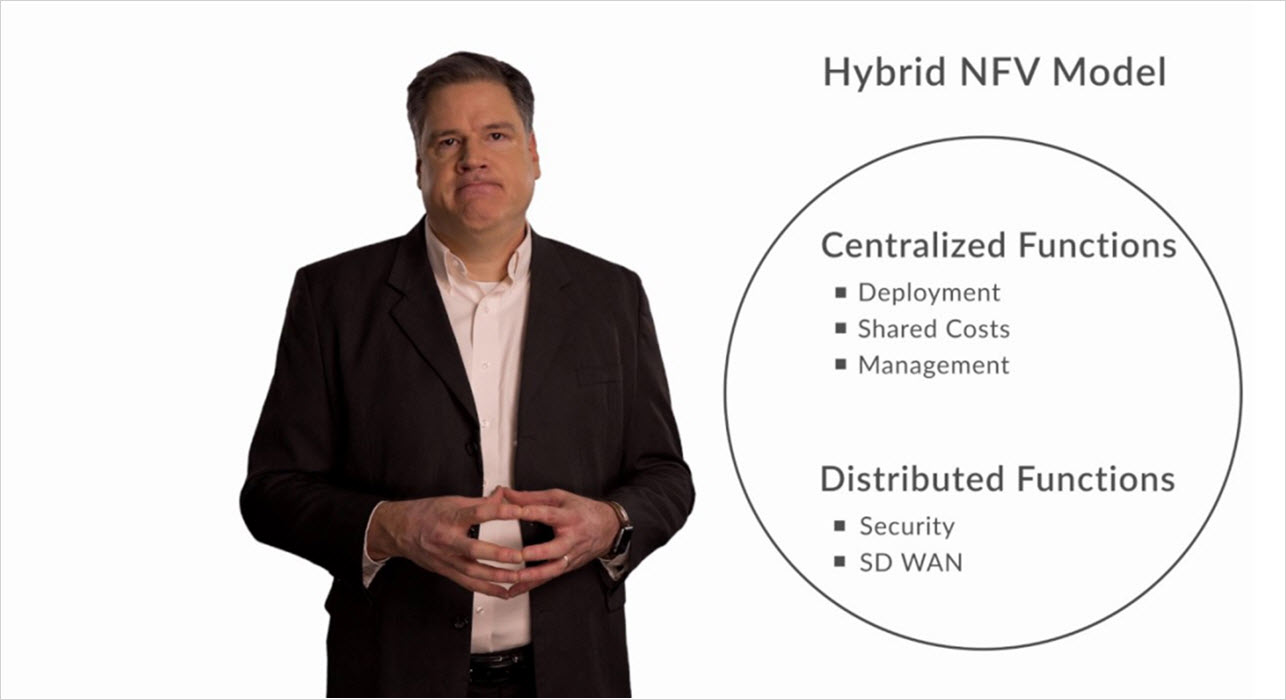What is D-NFV?
Operators and enterprises know the value of virtualized functions for reducing costs and enabling innovative methods to rapidly add value to their networks. But early implementations have been hard to deploy, monitor, automate, and debug.
Tool incompatibility, lack of comprehensive APIs, and vendor lock-in can pose problems that can break the business case for NFV.
D-NFV is a complete, open, modular solution purpose-built for a distributed VNF deployment environment, typically toward the network edge.
That’s where D-NFV comes in. D-NFV is a complete, open, modular solution for distributed VNF lifecycle management. It lowers the barriers to rapid implementation of the latest advances in networking function technologies. D-NFV provides flexibility in deployment for today’s critical VNFs while addressing security, lifecycle orchestration, vendor lock-in, and cost challenges.
D-NFV helps operators and enterprises:
- Increase revenue by rapidly offering new services, addressing changing user demands
- Enable rapid deployment of applications, dynamically activating or deactivating instances as required by user demand
- Lower costs by reducing or eliminating dedicated-function hardware and associated ongoing maintenance tasks
- Leverage low-cost COTS x86-based hardware without sacrificing performance or reliability
- Avoid manual-intensive, error-prone operational processes as well as costly truck rolls
- Eliminate vendor lock-in with a truly open architecture that enables the adoption of best-in-breed technology
The complete and open Ciena D-NFV Solution includes all the necessary software, hardware, and professional services for an open, turnkey system, including:
- Software: Blue Planet NFV orchestration and Ciena D-NFVI Software
- Hardware: 3906 Platform with x86 NFV Server Module that hosts Ciena D-NFVI Software or third-party software to run VNFs
- Services: Ciena’s Plan and Design Services to facilitate all migration steps toward offering VNFs
Whether using a Ciena turnkey solution or utilizing individual components to build a set of best-in-class tools, the result is a solution that can be deployed across multi-vendor and multi-domain environments. The solution can also scale on demand, which leads to a dramatic transformation of service delivery. More importantly, it changes how networks are operated.





